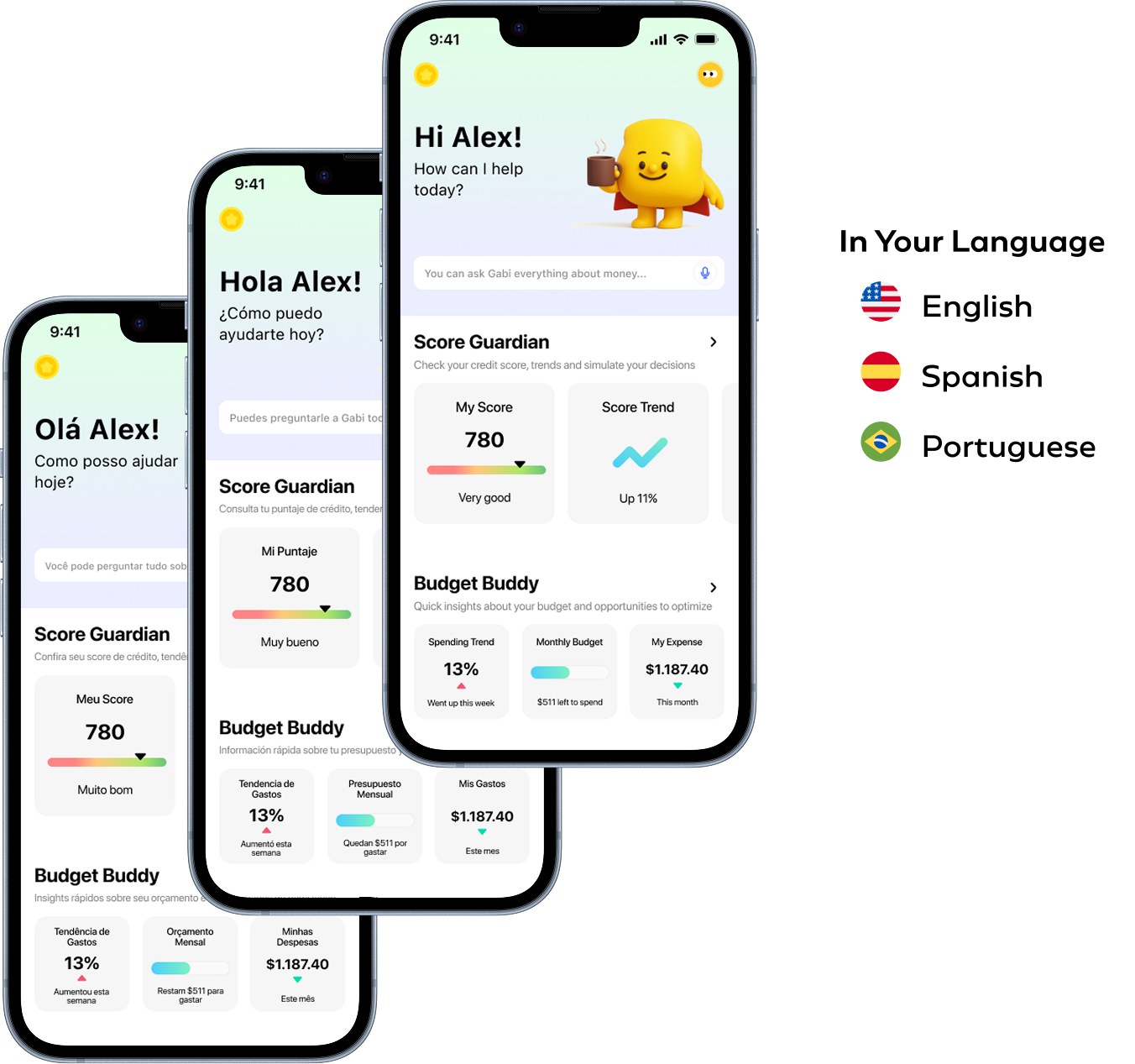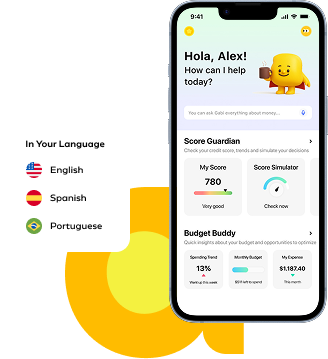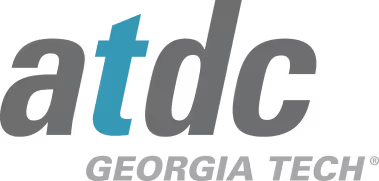The First AI Guardian, Built For Us
Build money habits.
Make confident decisions.
Own tu futuro.

Build money habits.
Make confident decisions.
Own tu futuro.

Feeling lost in a financial system that wasn't built for you and doesn't speak your language?
Learn the money habits to build your credit and master your budget.
Gabriel Money is the simple, judgment-free app guide to the future you deserve.


Feeling lost in a financial system that wasn't built for you and doesn't speak your language?
Learn the money habits to build your credit and master your budget.
Gabriel Money is the simple, judgment-free app guide to the future you deserve.
Your private judgment-free AI to navigate your money questions, en tu idioma.



Build
Your Credit with Confianza.
Finally See Where
Your Money Goes.
Get Rewarded for
Learning.
Follow Gabriel's step-by-step guidance to a better credit score.
Gain the clarity to create a spending plan that works para ti.
Answer trivia and complete missions to win real prizes.





The smart way to build credit and take control of your money.







Advanced encryption technology
We adhere to leading security standards such as PCI-DSS. Additionally, Mastercard’s Zero Liability Protection keeps your transactions safe.
Exceptional customer support
Our dedicated support team is available to assist you with any inquiries or concerns, providing personalized human support.
Control at your fingertips
Lock your card instantly through the app. Enable smart notifications to monitor your finances and log in securely using FaceID.